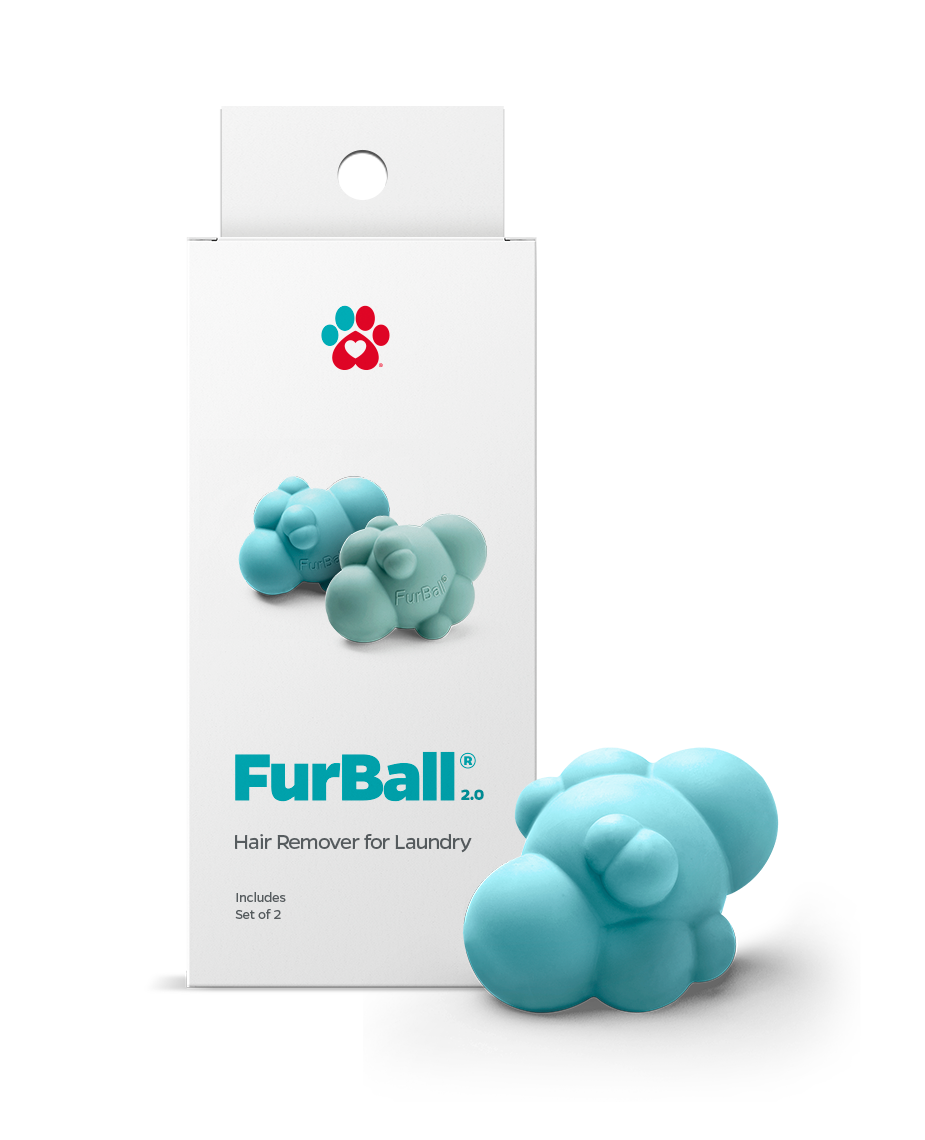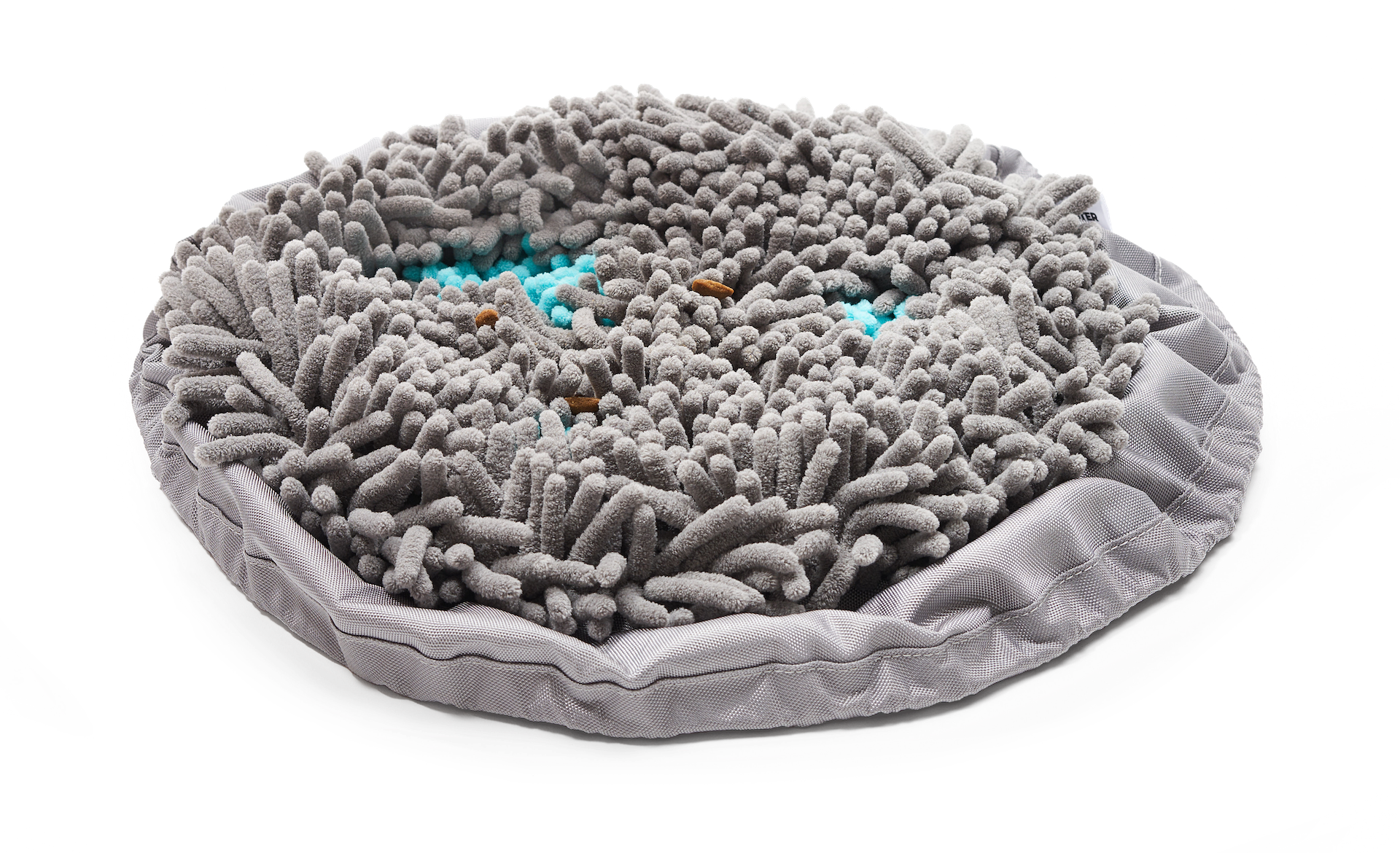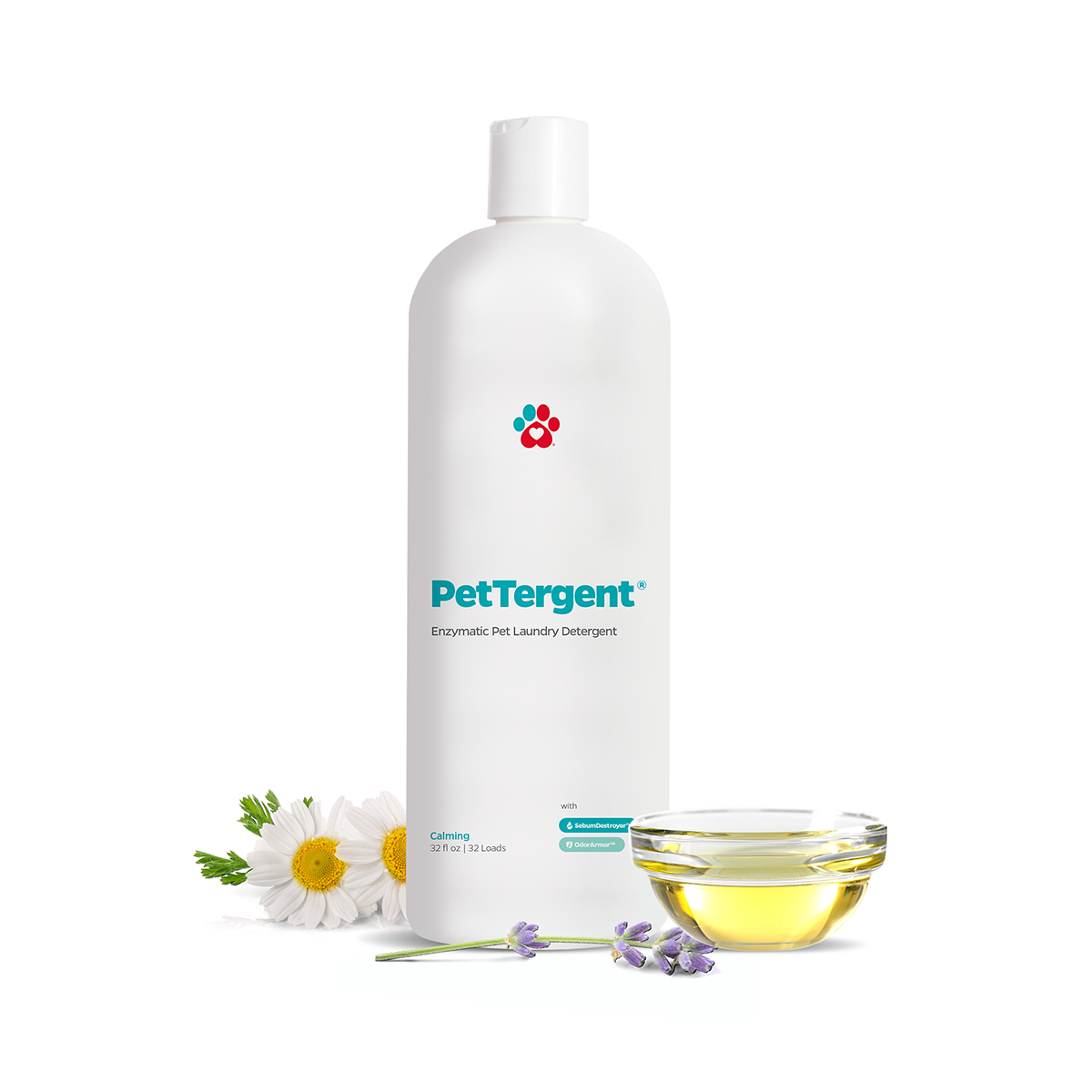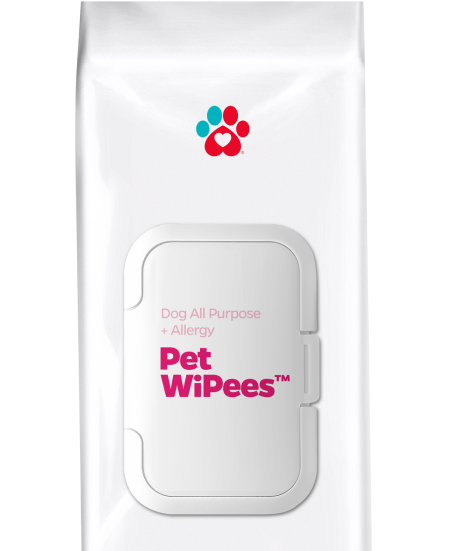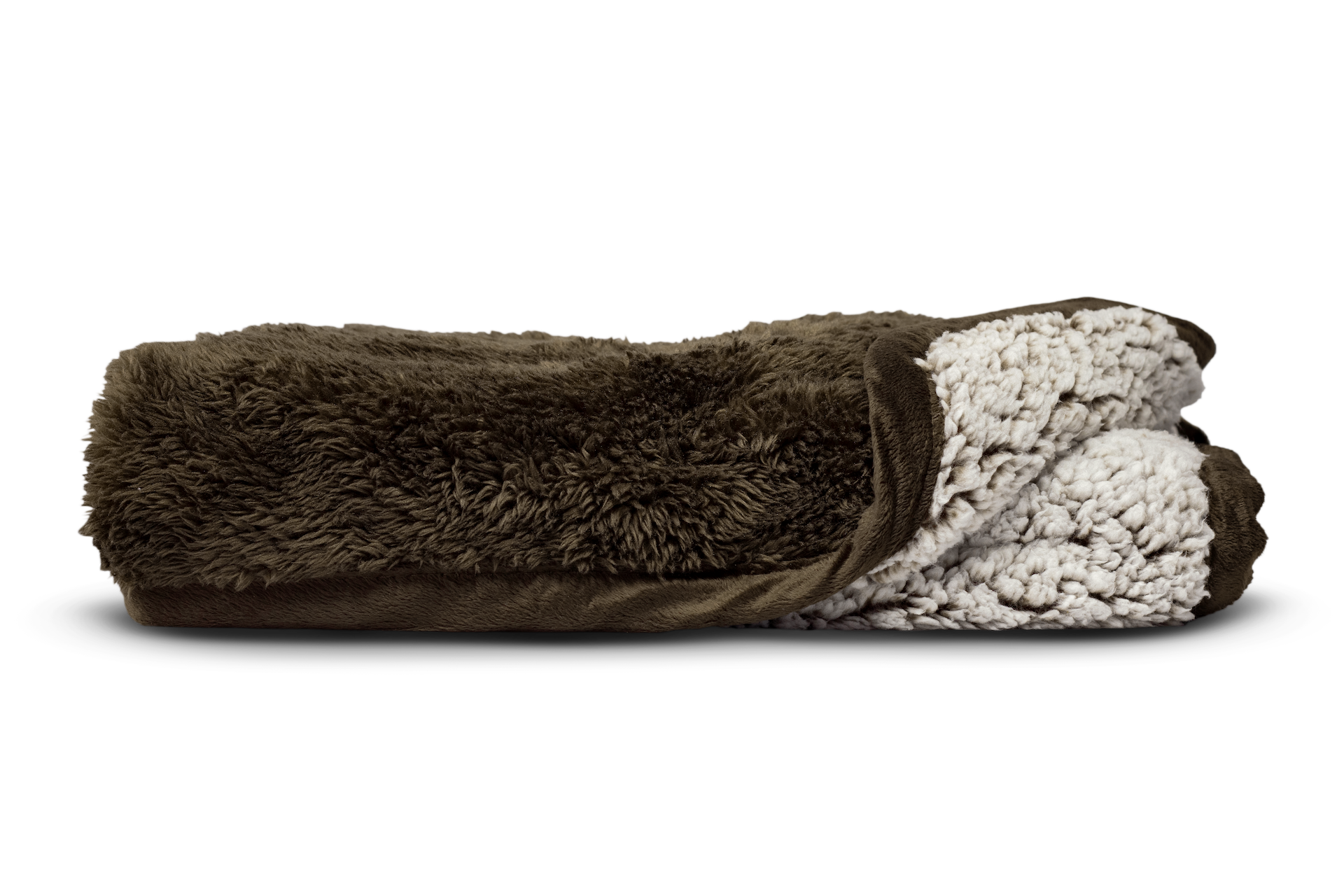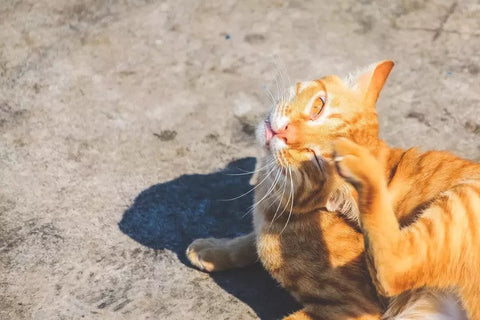"Cat UTI symptoms should not be ignored. Unlike humans, cats tend to mask their symptoms whenever they feel unwell."
Have you noticed your cat peeing more frequently than usual? Maybe you’ve seen some blood in their urine? Or perhaps you’ve noticed them straining or wincing whenever they try to pee?
If you have answered “yes” to any of these, then you might consider visiting your cat’s veterinarian for signs of a UTI in cats. Having even just one of these signs might be an indication that your cat is experiencing a urinary tract infection. Yes, your kitty can also become prone to infections and inflammation including urinary tract infections, just like humans. In this article, we’ll look at cat UTI symptoms, causes, and cat UTI treatment options.
What is Cat Urinary Tract Infection (UTI)?
But to start, what exactly is a urinary tract infection in cats? A cat urinary tract infection, or simply UTI is an infection of the urinary system. Just as in humans, urinary tract infections in cats occur when bacteria enter your furbaby’s urinary tract.
What Causes a UTI in Cats?

In general, urinary tract infections develop in cats when bacteria enter the urethra—the final passageway for the flow of urine, infecting the urinary tract and eventually leading to a urinary tract infection in cats. In rare cases, fungus or parasitic infections can also cause UTIs in cats.
According to Small Door Veterinary, mineralized bladder stones or crystals in your pet’s urine can also cause cat urinary tract infections.
Cat UTI Symptoms
What are UTI symptoms in cats? If you’ve ever had a urinary tract infection before, you know how much pain and discomfort a UTI causes. It can also be an uncomfortable and painful experience for your furbaby.
Cat UTI symptoms should not be ignored. Unlike humans, cats tend to mask their symptoms whenever they feel unwell. This can make it hard to determine the signs of UTIs in cats and whether they are feeling ill. It’s important to be aware and pay close attention to cat UTI signs and symptoms as it could lead to a more serious health problem when left untreated. Below are some of the most common symptoms of cat UTI every cat owner must be able to recognize.
UTI in cats symptoms include:
- More frequent urination
- Painful urination—straining, wincing, or even crying out when they try to pee
- Urinating outside the litter box
- Presence of blood in the urine
- Excessive grooming around the genital area
- Changes in behavior—increased irritability or lethargy
If you notice your cat showing any of the cat UTI symptoms listed above, it’s best to bring them to the vet as soon as possible for a proper diagnosis and treatment plan. According to Pets WebMD, all cats can develop urinary tract problems. However, male cats are more likely to have urethral obstructions compared to female cats. This is because they have longer and thinner urethras. The narrower passage can make it easier to become blocked because of its size and shape.
Cat UTI Treatment and Management
The recovery period from a UTI depends on how severe it is and how quickly treatment has been given. It’s very important to be prompt in visiting your cat’s vet should any of the above mentioned symptoms of UTI appear in your cat. They will be able to provide cat UTI treatment protocols and determine the severity.
Full recovery should be expected within just a few days at the beginning of antibiotic therapy (if the infection is caught early on). However, there are also cases that your cat might develop frequent, recurrent UTIs. This results in a longer course of antibiotics for cat UTI treatment (around six weeks or more).

Don’t worry, most of the time, cat urinary tract infections can be treated on an outpatient basis. Your vet may recommend that you treat a cat UTI with a short course of pain medications for UTIs, as well as injecting subcutaneous fluids to help rehydrate your cat, in addition to antibiotics. However, hospitalization may be recommended if the UTI has already spread to the kidneys.
Having a healthy diet plays a big part in the treatment of UTIs in cats. It is also important to always keep your cat well hydrated as water intake will help to flush out the bladder and get rid of crystals that can lead to the formation of urinary tract stones.
How to Prevent UTIs in Cats
With proper and prompt treatment, cat UTIs will usually resolve in a few days. It can, however, recur. But the good news is there are actually some home remedies for cat UTIs to prevent UTIs from occurring and recurring in your cat. Some of the preventive measures your vet may strongly suggest include the ones listed below:
- One of the great home remedies for cat UTIs is to feed your cat more canned foods or mix wet food with dry kibble to help increase their water intake. While this will not a treat a UTI, it can help them from occurring.
- Keep your cat well-hydrated all the time. If your cat does not like to drink much water, consider getting a running water bowl.
- Have your cat wear cat diapers. Having your cat wear cat diapers, like that from Pet Parents® will save you from accidents and messy cleanups. Pet Parents® Washable Cat Diapers will also help protect your furbaby’s private areas from getting in contact with dirty things that may worsen their infection. These cat diapers are made with non-abrasive and comfortable WickQuick® proprietary fabric that is made to wick away liquid fast, with a hook & loop system that adjusts to support many cat body types while providing a leakproof, comfy fit.
- Keep your cat at a healthy weight. You can also provide toys for your cat to stimulate them mentally and physically.
- Provide enough litter boxes and always keep these litter boxes clean. It is also recommended to have more than one available litter box in case it is being already used by another cat and the other doesn’t like to re-use the used one. It’s also best if you place Pawtect® Pads under every litter box just in case your furbaby makes some spills and leaks! Featuring best in class absorption and odor control, Pawtect® Pads are premium pet pee pads that pack in the fluids. They lock the liquid into the pad so it can't be tracked all over your home!
- Keep your cat’s stress level low. Keeping your cat’s stress levels as low as possible is important as stress can manifest itself in the form of illness. Cats also don’t like changes. It is important as well to keep changes to your cat’s environment and routine to a minimum.
Just like humans, our feline friends can also become prone to infections and inflammation including urinary tract infections. Cat UTI should not be ignored as this can lead to a more serious health condition if left untreated. By knowing cat UTI symptoms and how to treat a cat UTI, you will be better prepared to manage potential problems and recognize the first UTI symptoms in cats.
